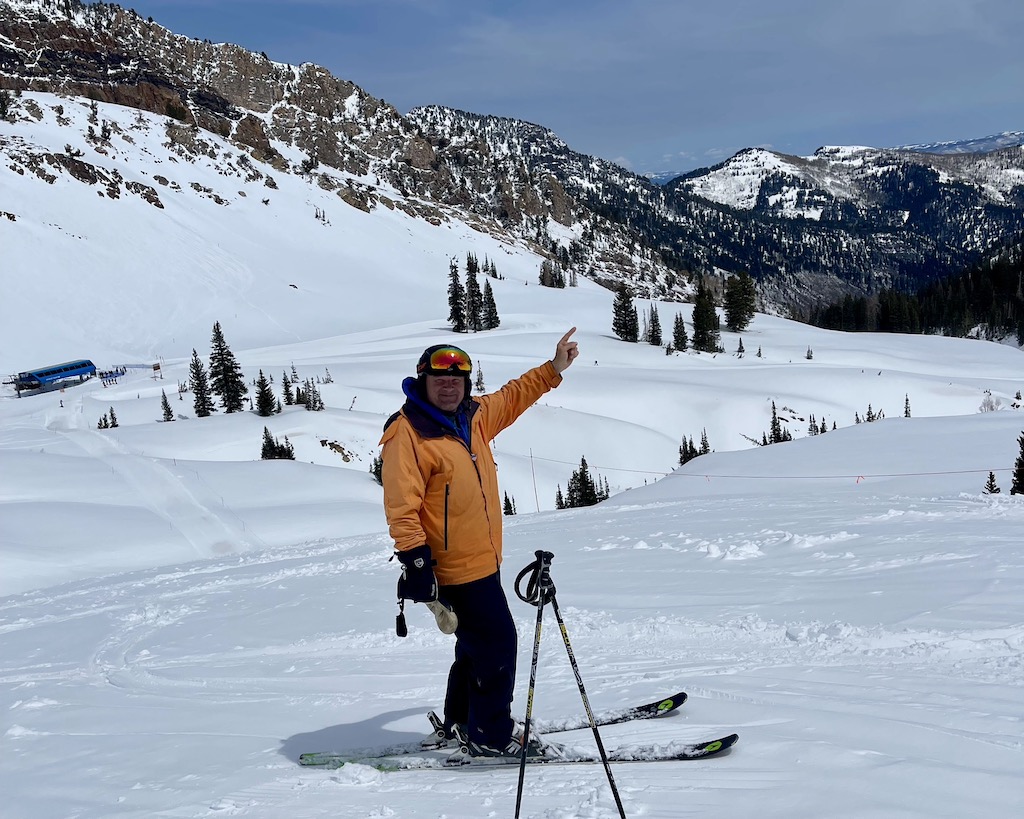
This helicopter is using a drip torch to assist ground fire fighters during the Graves Creek Fire in Idaho in the summer of 2022.
Situational Awareness (SA) is widely recognized as critical to success and safety in aviation. It is an essential requirement for the safe operation of aircraft. A high level of SA allows people to function in a timely and effective manner, even when engaged in very complex and challenging tasks. As aviators we need to know what SA is, how we gain good SA, how we lose SA, and what factors affect SA.
What exactly is SA? It is much more than the over-simplified expression of knowing what is going on around you. It is the accurate perception of the factors and conditions that affect an aircraft and the flight crew during a specific period of time, assembling all of this disjointed information to form an accurate mental picture, and predicting how the current situation will evolve and impact future operations.
Step One: Accurately Perceiving Information

The first step in achieving SA involves accurately perceiving information and recognizing relevant elements in the surrounding environment. This isn’t as easy as it sounds! A good example comes from the generally invisible air through which we are flying. Pilots in a mountainous setting who are performing aerial firefighting, search and rescue or sightseeing are seldom given direct and clearly understandable indications of the movement of the air. The localized winds can change erratically, quickly enveloping an aircraft in powerful downdrafts or winds from hazardous azimuths which threaten aircraft performance and/or control.
Clear Air Turbulence (CAT) is a comparable example for high flying jets. Unseen to the naked eye and currently undetectable with standard onboard avionics, CAT often strikes without warning and can toss unbuckled passengers, cabin crew and objects around the cabin, sometimes violently enough to cause fatal injuries.
According to NTSB Senior Meteorologist Donald Eick, turbulence has caused more serious injuries to passengers than any other class of accident; 24% of weather-related accidents were tied directly to CAT. In the U.S. alone, the phenomenon costs more than $200 million in compensation for injuries, with people being hospitalized with broken bones and head injuries. The additional costs to airlines that result from cabin and aircraft damage, time lost to inspection and maintenance and the impacts of delays are substantial.
Vital information in the aviation environment is also prone to illusions. HEMS, SAR and aerial sightseeing pilots who conduct landings in snow-covered sloping terrain frequently experience the inability to accurately estimate the helicopter’s distance from the featureless surface. Under flat light and/or featureless terrain conditions it is impossible for a pilot to accurately perceive the helicopter’s closure rate, the slope of the proposed landing surface, or its distance.
This situation occurred on Feb. 22, 2022, when two Utah Army National Guard UH-60L Black Hawk helicopters approached a proposed landing zone adjacent to the Snowbird ski resort. Skiers at the famed resort were enjoying the world renowned powdery snow and had a close view of the two helicopters on approach.
The trailing aircraft (i.e., the “wingman”) descended below the lead aircraft and entered white-out conditions as it neared the snowy surface. The pilot in command could not determine his position relative to the landing zone and relied on flight instruments as a reference as he attempted to land. The helicopter drifted right, causing the aircraft to roll on its side. As it rolled, the main rotor blades broke apart and a piece struck the lead helicopter, causing a catastrophic mechanical failure of the tail rotor. After completing a full spin, the lead helicopter safely landed. Fortunately, the crewmembers escaped with only minor injuries. Abundant videos posted on-line illustrate the featureless terrain and white-out conditions that complicated the ability of pilots to accurately perceive and recognize the surface conditions at the landing zone.
Flight Conditions That Hinder SA
The first step in SA is also affected by attention, memory, focus, alertness, appropriate physical and mental states, viable workload, and appropriate working conditions and equipment. There are several aviation settings in which these conditions are not ideal for a pilot’s SA.
Let’s consider the real world example of an aerial firefighting helicopter dropping water with a long line. The focus on the external load is intense. Each release of the water bucket over a fire line requires precision, and likewise, “dipping” the bucket into a portable water container requires immense concentration and precision.
Additionally, loads on the end of a long line can tend to develop a swinging motion that can endanger control of the helicopter. Therefore, the pilot must continuously monitor any tendency for the load to swing and make the timely control adjustments to minimize the swing.
It is important to keep the load away from obstacles. That isn’t easy when the setting has thin electrical power lines traversing a canyon as the pilot is concentrating on the load below the helicopter. This requires constant intense attention.
In Part 2 of this article, we describe how external load operations exert physical stress on the pilot.


